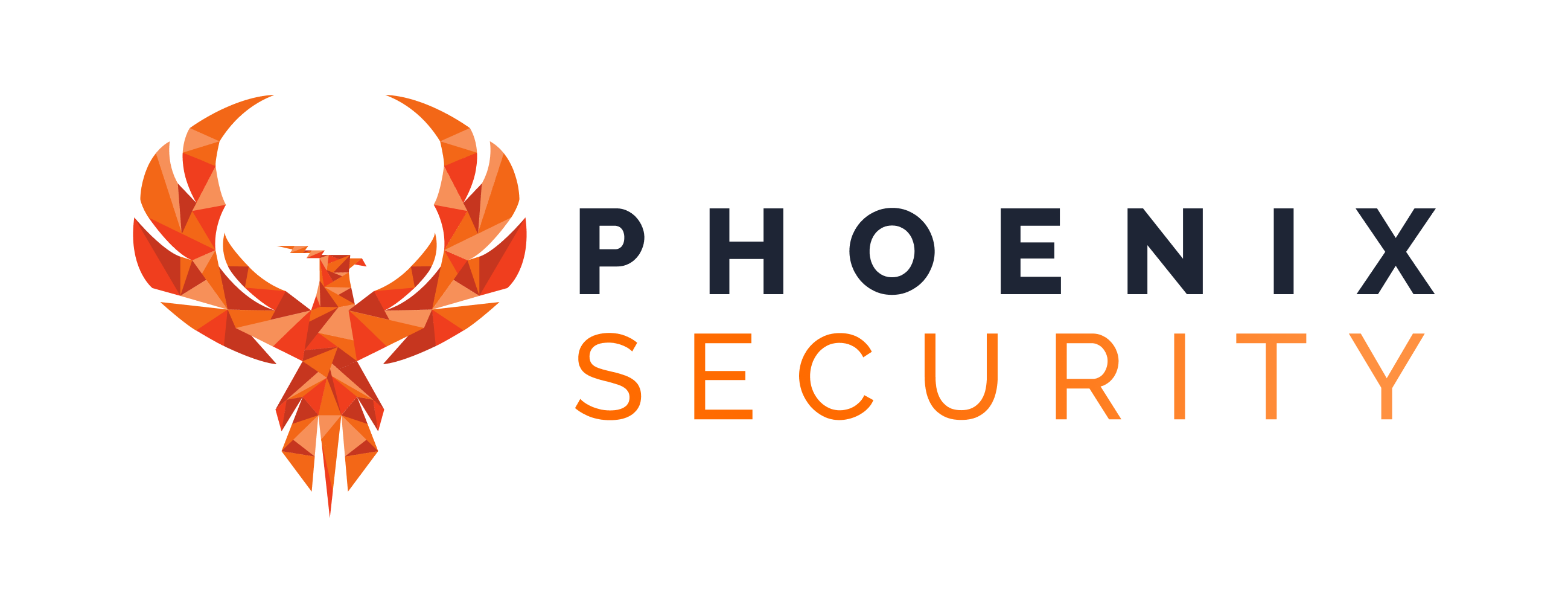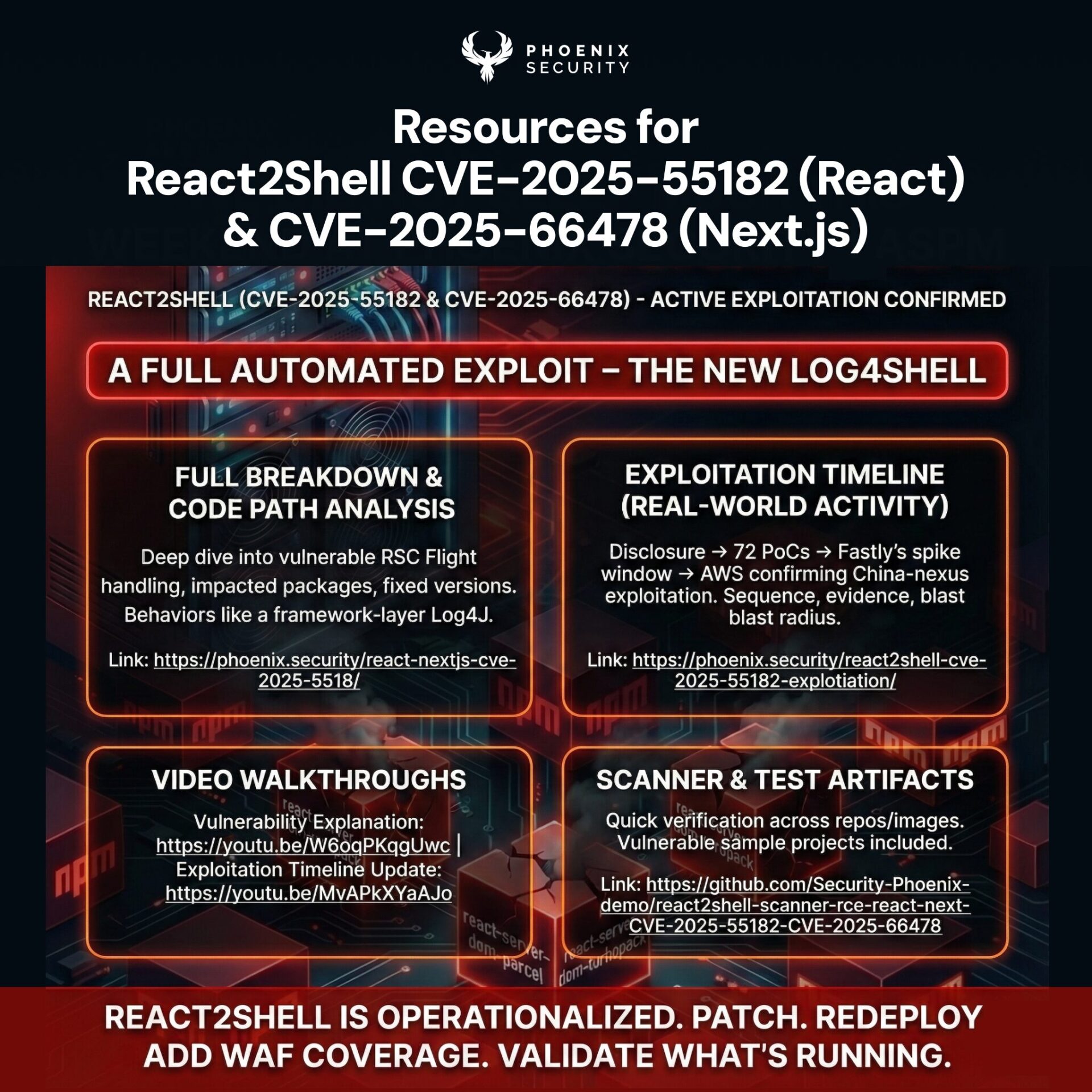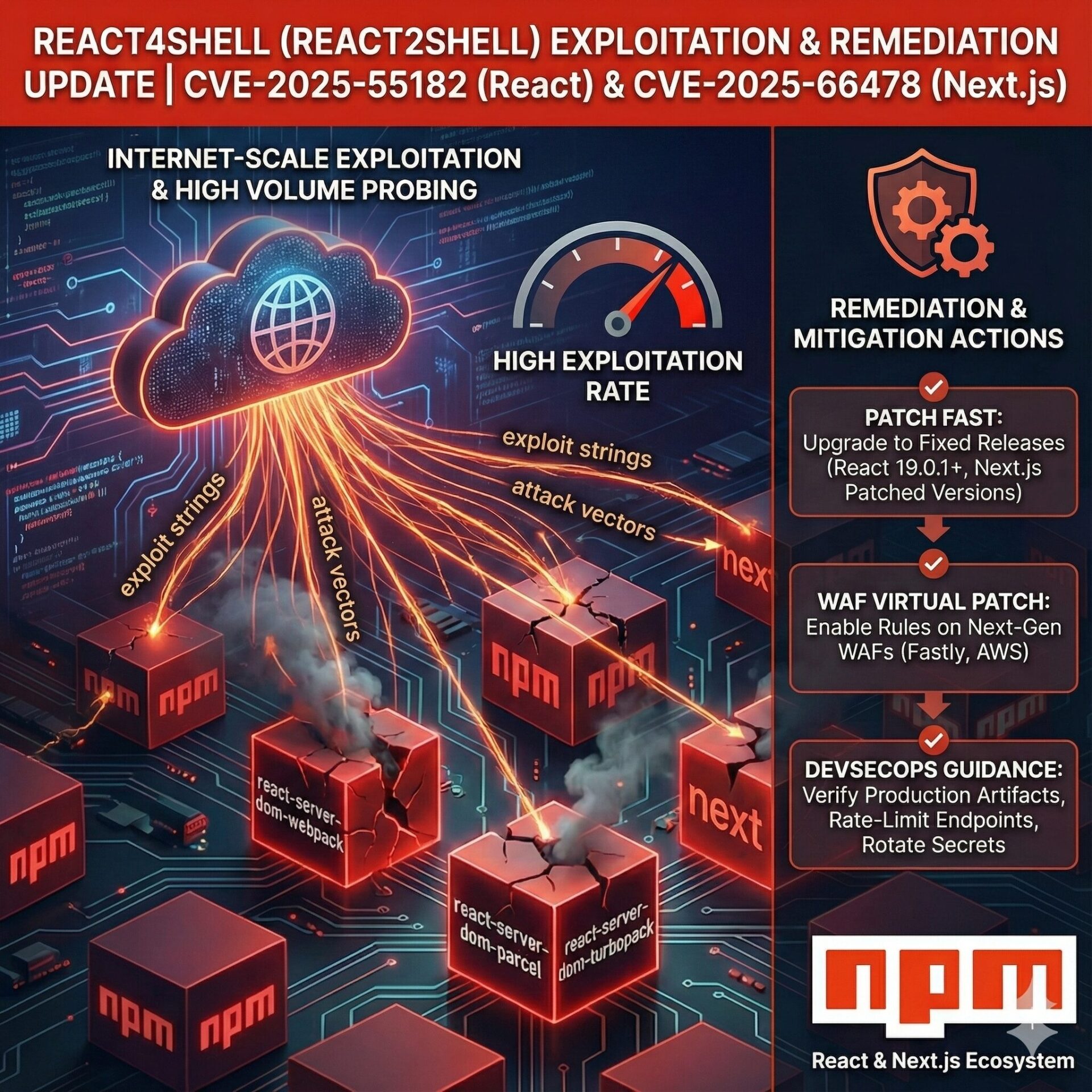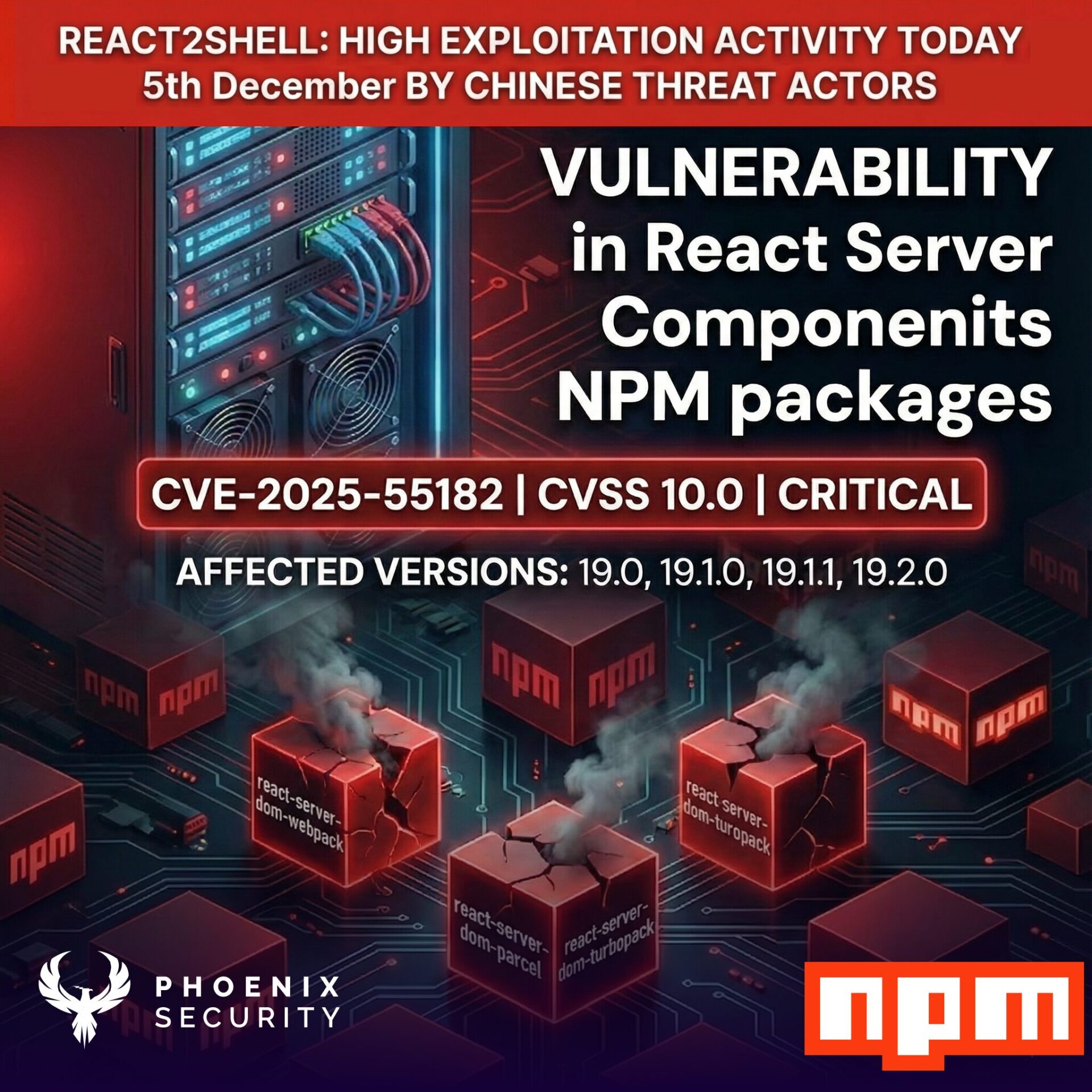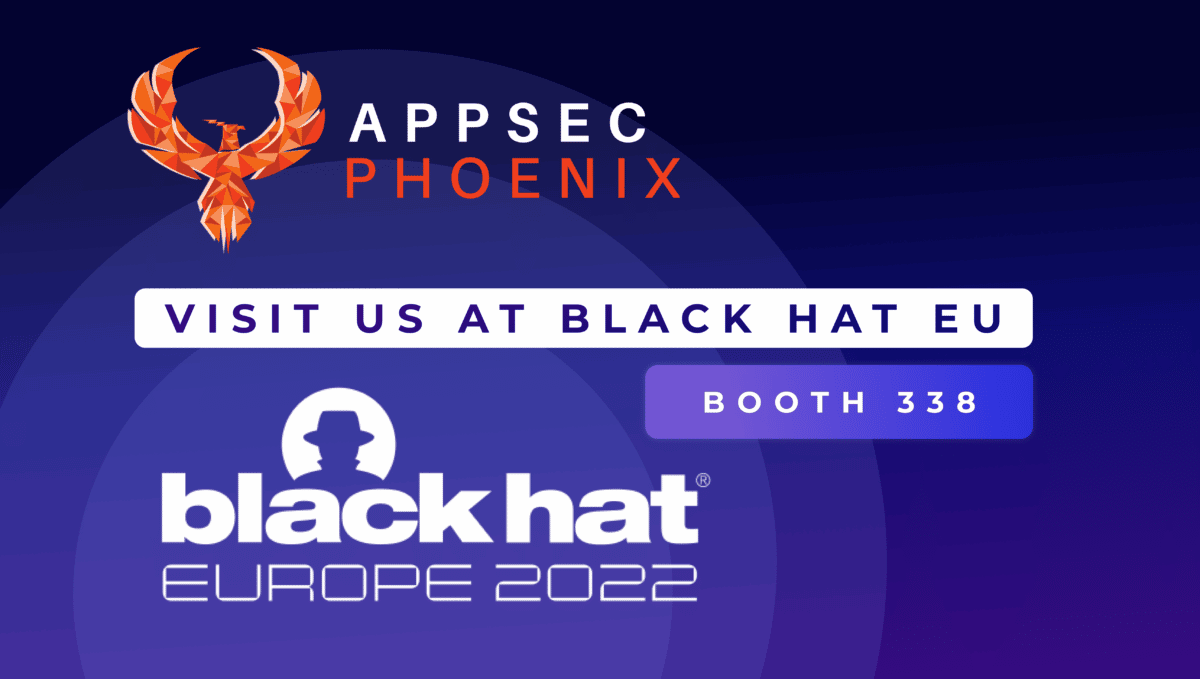
Phoenix Security will be at black hat Europe with Application and cloud security unified into an actionable risk-based contextual view.
We will host a raffle on the day and announce the winners on both days. Ask us about Phoenix Security, decypher the cypher and win a special prize. Decypher the code, come and win the special price
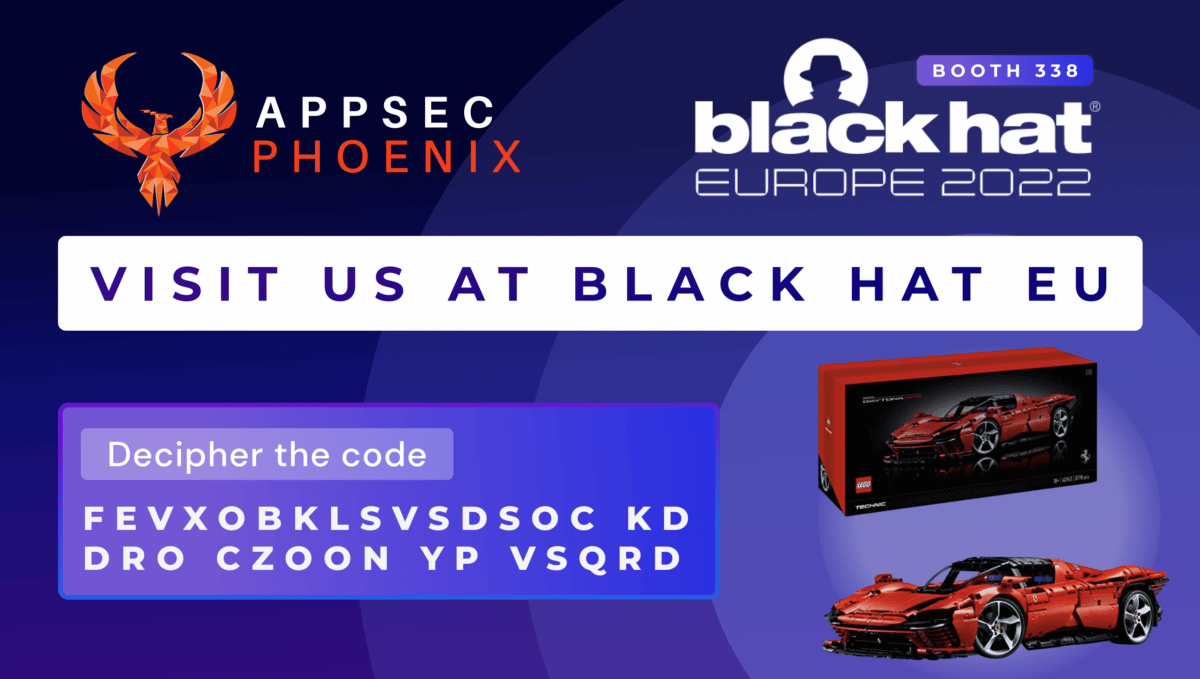
Black hat is around the corner, and we will have a busy event with a lot of news and updates. Appsec phoenix will have an important announcement on the day, so don’t miss the live stream.
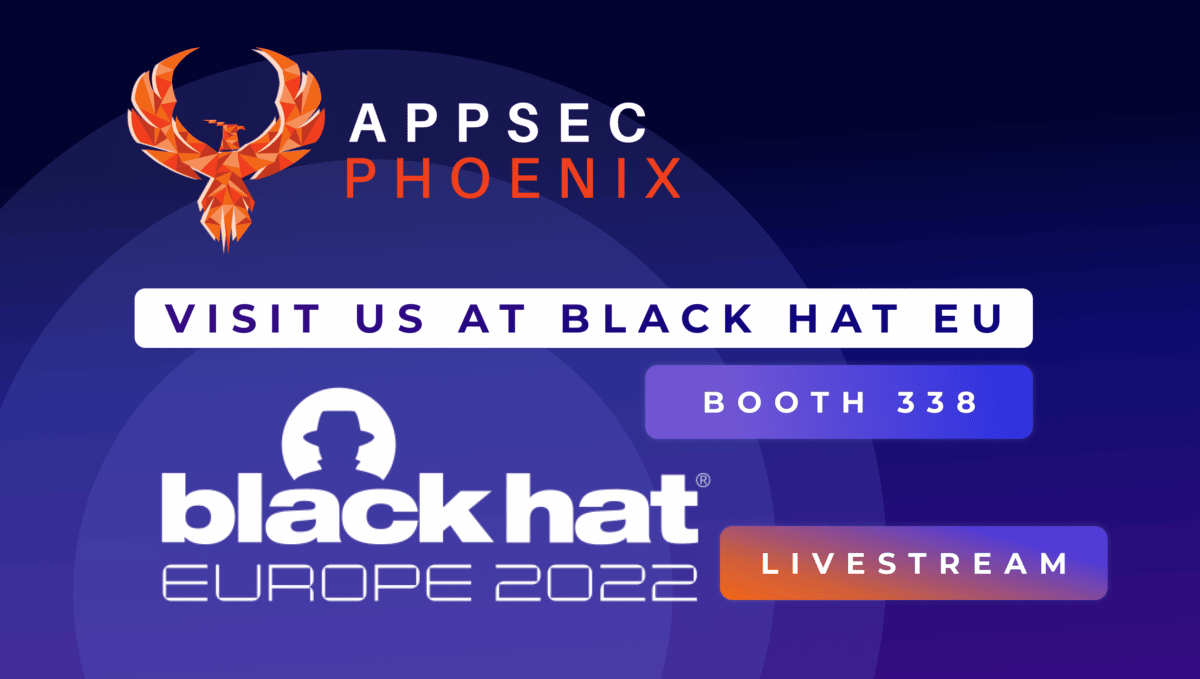
During the day, we will have a coffee break; come, coffee is on us; being an Italian, you know it will be good.

In between coffee breaks, we will have talks, workshops and fireside chats at booth 338 (schedule below)

Appsec phoenix also has a raffle on the day, with winners announced on day 2
> Live stream available on Linkedin Live, Twitter, and Youtube channel live
Come and join to talk about your application security and cloud security programme. Ask us anything about cloud and application security.
| BHD1 | 7/12/11 | 10:00 | 10:45 | Francesco Cipollone | Coffee & Appsec – ASK Me Anything | |
| BHD1 | 7/12/11 | 11:00 | 11:45 | Francesco Cipollone | Francesco Cipollone | Coffee & Appsec – ASK Me Anything |
| BHD1 | 7/12/11 | 12:00 | 13:00 | Lunch Break | Lunch Break | |
| BHD1 | 7/12/11 | 13:00 | 14:00 | Open Q&A | Open Q&A | Coffee & Cloud Security |
| BHD1 | 7/12/11 | 14:00 | 14:45 | Francesco Cipollone | Sean Turner | Fireside Chat – Cloud security & Challenges |
| BHD1 | 7/12/11 | 15:00 | 15:45 | Francesco Cipollone | Grant Ongers & Sam Stepanyan | Scaling an application security programme – Metrics that matter |
| BHD1 | 7/12/11 | 16:30 | 17:15 | Francesco Cipollone | Francesco Cipollone | CVE / CVSS Land of broken dreams – Context is king |
| BHD1 | 7/12/11 | 16:30 | 17:15 | Francesco Cipollone | Francesco Cipollone | Raffle Ticket & SWAG Giveaway |
| BHD2 | 8/12/11 | 10:00 | 10:45 | Francesco Cipollone | Paul Harrington | Application & Cloud Security – Priorities for a global CISO |
| BHD2 | 8/12/11 | 11:00 | 11:45 | Francesco Cipollone | Andrew Pannell | Fireside Chat – Application Security & Vulnerability Management |
| BHD2 | 8/12/11 | 12:00 | 13:00 | Lunch Break | Lunch Break | |
| BHD2 | 8/12/11 | 13:00 | 14:00 | No Talk | ||
| BHD2 | 8/12/11 | 14:00 | 14:45 | No Talk | ||
| BHD2 | 8/12/11 | 15:00 | 15:45 | Francesco Cipollone | Francesco Cipollone | CVE / CVSS Land of broken dreams – Context is king |
| BHD2 | 8/12/11 | 16:00 | 17:00 | Raffle Extraction & Prices |
Why AppSec Phoenix
Phoenix Security is an innovative risk-based solution that focuses on execution first and brings developers, executives and security around the same data with different lenses and a focus on execution. AppSec Phoenix removes the stress from devsecops and lets developers focus on what’s more important, delivering value to the business with security at the centre.
